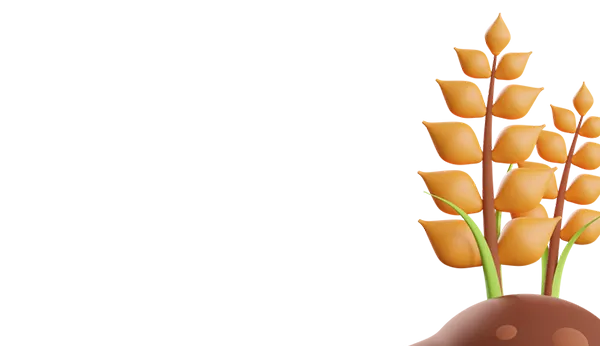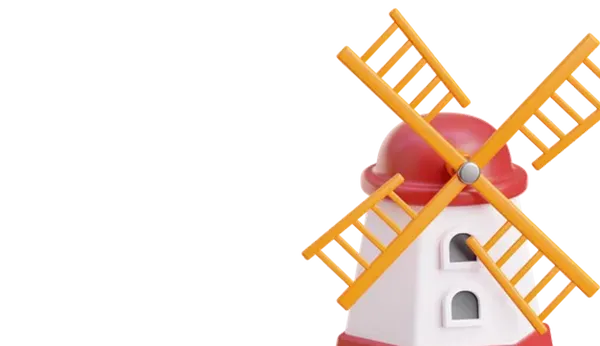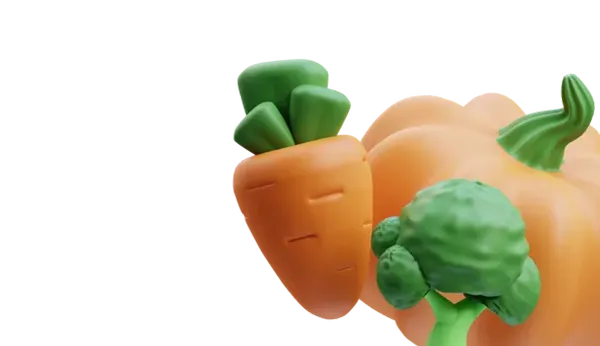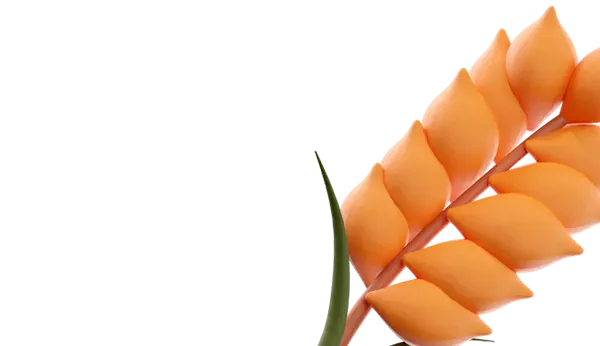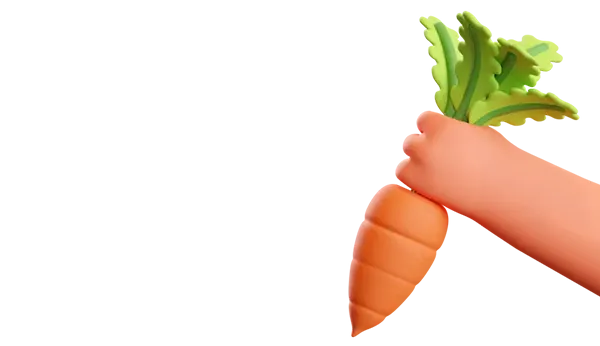The subcommittee, part of the governmental commission on economic development and integration, has decided to support the Ministry of Agriculture's proposal to extend the temporary ban on the export of unhusked rice until the end of 2025. However, an exception will be made for rice intended for sowing. A tariff quota is also being introduced for the export of husked rice and rice groats beyond the EAEU totaling 50 thousand tons. It is proposed to set the intracountry export duty rate at 0% and extracountry at 50%. The corresponding draft will be submitted to the government for consideration soon, as reported on the Ministry of Economic Development website, citing Vice Prime Minister Alexander Novak's secretariat.
Work has also begun on the possibility of exporting processed rice in 2026 and subsequent years. Export will be allowed if the rice harvest exceeds 1.1 million tons. A decision on this matter will be made in the third quarter of the current year. The export restriction, including raw rice, has been in effect since 2022 to ensure the domestic market and price stability. Additionally, this measure aims to develop rice production in the country, considering the increase in gross rice production. Record harvest levels of this crop were achieved in 2024. The export opportunity will contribute to further development of rice cultivation.
According to Vladimir Petrichenko, CEO of the analytical company "ProZerno," the introduction of a quota on rice groats export indicates that the authorities have realized the unproductivity of bans, especially considering the record harvest. According to the Ministry of Agriculture, the rice harvest in 2024 amounted to 1.259 million tons, which is 17% more than in 2023. Due to this record and the export ban, groat prices have dropped to an extremely low level, exceeding the standard price according to GOST. Petrichenko noted that the quota introduction is a long overdue measure. In normal years, Russia exported over 150 thousand tons of groats.
Petrichenko believes that the established quota of 50 thousand tons is a half-measure, considering Russia's export potential is twice as high. However, if the quota is increased or lifted in 2026, this volume will be acceptable. The restriction is counterproductive, especially considering that production exceeds domestic demand, Petrichenko comments. The introduction of a groats export quota is good news, but it would be desirable to increase the volume. In 2021, Russia exported 333 thousand tons of rice and rice groats with a harvest of 1.05 million tons, without issues. Previously, Russia mainly exported raw rice to Turkey and groats to CIS countries, including Turkmenistan, Tajikistan, Azerbaijan, as well as Georgia and Abkhazia.
Previously, it was noted that before the export ban, Russia annually supplied 100-120 thousand tons of rice groats abroad. After the restrictions, shipments decreased to 40 thousand tons, while imports remained almost unchanged. This led to an excess of rice in the domestic market, price reductions, decreased profitability, and a drop in demand for the product.


